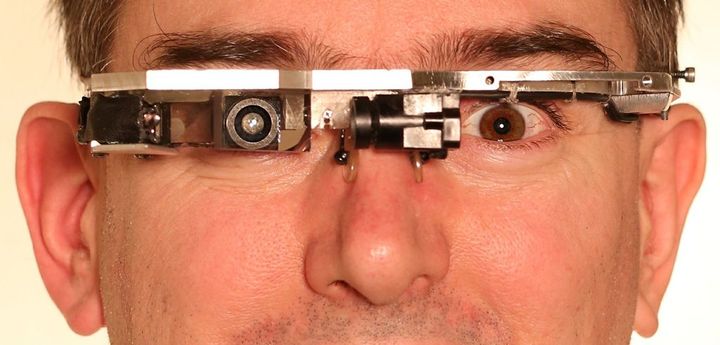
 One of the most oberservable trends in the history of computing has been the move towards miniaturization. In addition to constantly looking to upgrade our machines to make them smarter and faster, human beings have also sought to make machines that are more compact and ergonomic. Whereas the earliest computers were large and occupied entire rooms, earning them names like "Colossus", more recent iterations have taken the form of the desktop, laptop, and portables.
One of the most oberservable trends in the history of computing has been the move towards miniaturization. In addition to constantly looking to upgrade our machines to make them smarter and faster, human beings have also sought to make machines that are more compact and ergonomic. Whereas the earliest computers were large and occupied entire rooms, earning them names like "Colossus", more recent iterations have taken the form of the desktop, laptop, and portables.
Given the sheer rate at which things are changing, as well as the fact that it's constantly accelerating, many people are bewildered by the idea of what the future might hold. Others, however, are at the forefront of this change and are seeking to direct it. One such individual is Steve Mann, a Canadian researcher and inventor who is known for his work on wearable computing. In fact, so renowned is Mann's in this area of research that he is often referred to as the "father of the wearable computer".
Mann began his carreer in computing in the 1980's while studying McMaster University in Hamilton, Ontario, where he recieved multiple degrees in both English and Science. By the 1990's, he had moved to Boston and began studying at MIT, where he helped to create the Wearable Computing group in the Media Lab alongside Alex Pentland (who is hailed as the "Grandfather of Wearable Computing). Today, he is a professor in the department of Electrical and Computer Engineering at the University of Toronto and holds the positions of General Chair of the Institute of Electrical and Electronics Engineers (IEEE) International Symposium on Technology and Society.
And all because he conceived of a world, forty years before it came to pass, where people would be able to bring their computers and embedded cameras with them wherever they went. But more than just his efforts in making the technology realizable were the philosophical and existential ideals that went into the process. Back in the 1970’s, when he first began working on the concept, he believed that camera-embedded wearables could be both liberating and empowering.
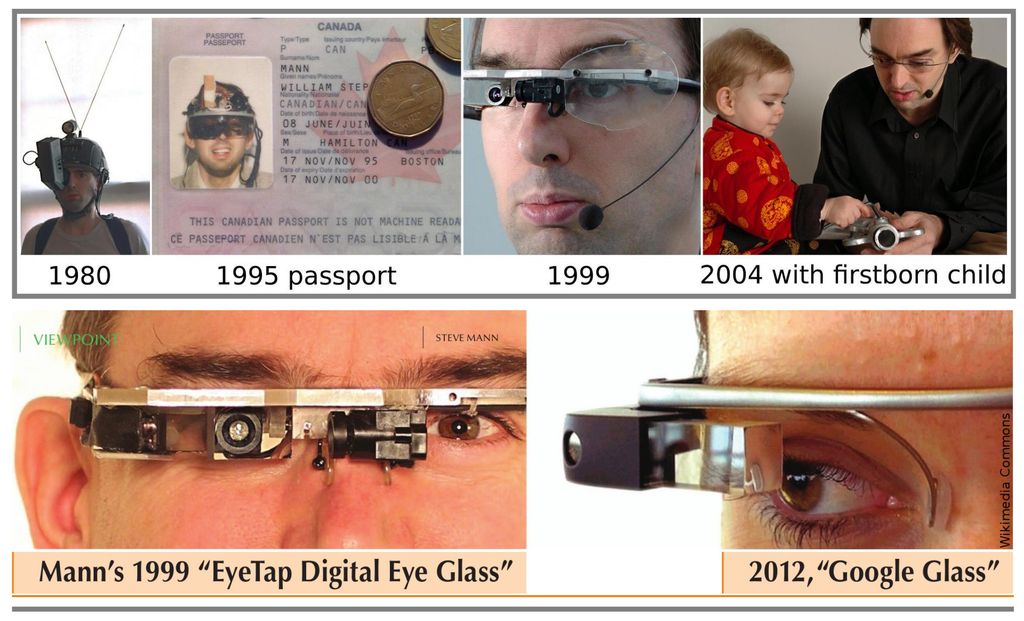
In a world permeated by security cameras and a sensory-sphere dominated by corporate memes, he foresaw these devices a means for individuals to re-take control of their environment and protect themselves. This was all in keeping with Mann’s vision of a future where wearable cameras and portable computers could allow for what he calls "sousveillance" - a way for people to watch the watchers and be at the ready to chronicle any physical assaults or threats.
And in the current day and age, this vision may be even more important and relevant, given the rise in surveillance and repressive measures brought on in the wake of the “War on Terror”. As Mann himself said on the subject in 2002:
"Rather than tolerating terrorism as a feedback means to restore the balance, an alternative framework would be to build a stable system to begin with, e.g. a system that is self-balancing. Such a society may be built with sousveillance (inverse surveillance) as a way to balance the increasing (and increasingly one-sided) surveillance."
In essence, Mann recognized the potential technology held for empowering individuals, of giving "Little Brother" the means to fight back against "Big Brother". More importantly, the method was peaceful and pro-active, rather than destructive and reactionary. Given the sensation created by the recent release of Google Glass - a timely invention that calls to mind everything from 80’s cyberpunk to speculations about our cybernetic, transhuman future - a lot of attention has been focused on personalities like Steve Mann, Mark Spritzer, and the history of wearable computers in general.
From its humble beginnings as bulky backpacks and large, head-mounted displays, to the current age of small fixtures that can be worn as easily as glasses, things certainly have come a long way. And there have been many contributors to the field other than Mann and his associates. Here are just a few to consider:

Developed by Ivan Sutherland and his student Bob Sprouli at the University of Utah in 1968, the Sword of Damocles is recognized as the world’s first heads-up mounted display. It consisted of a headband with a pair of small cathode-ray tubes attached to the end of a large instrumented mechanical arm through which head position and orientation were determined.
Hand positions were sensed via a hand-held grip suspended at the end of three fishing lines whose lengths were determined by the number of rotations sensed on each of the reels. Though crude by modern standards, this breakthrough technology would become the basis for all future innovation in the field of mobile computing, virtual reality, and digital eyewear applications.
However, the next step did not come until the 1980's, when Steve Mann and his associates began work on their WearComp concept. The first incarnation, known as WearComp1, consisted of numerous devices cobbled together along with an antenna to communicate wirelessly and share video. The design consistes of a backpack-mounted wearable multimedia computer with text, graphics, and multimedia capability, as well as video capability beamed to the user through a large head-mounted display that fit over one eye.
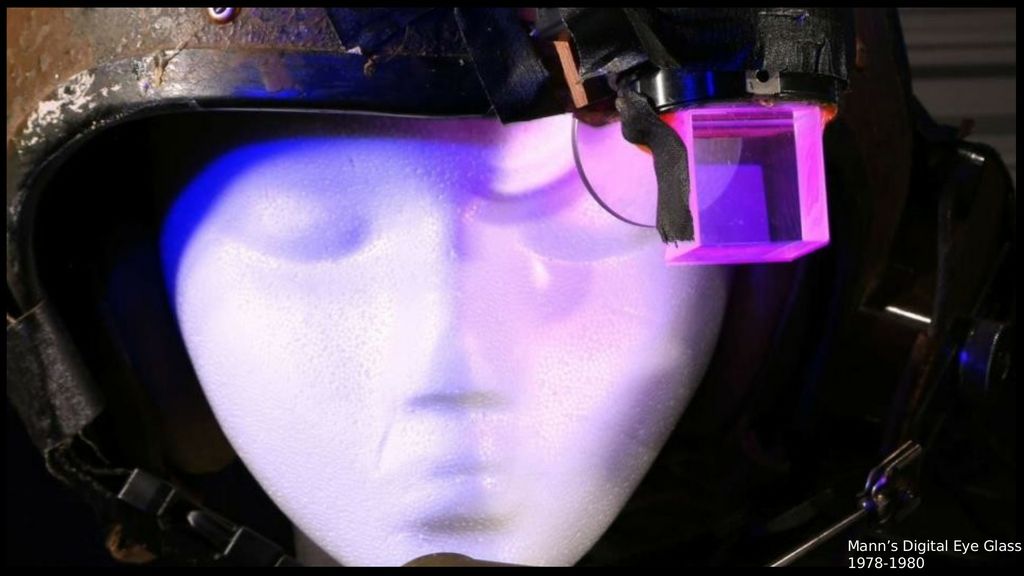
By 1984, the same year that Apple’s Macintosh was first shipped and the publication of William Gibson’s science fiction novel, “Neuromancer”, Mann and his associates released the WearComp4 model (show above). This latest version employed clothing-based signal processing, a personal imaging system with left eye display, and separate antennas for simultaneous voice, video, and data communication.
Compared to the Comp1, it was much more user-friendly and portable, and the display device (a piece of glass which colored light was shown through into the eye) would go on to inspire such designs as Google Glass, roughly 30 years later.
In 1989, Reflection Technology marketed the Private Eye head-mounted display, which scanned a vertical array of LEDs across the visual field using a vibrating mirror. The monochrome screen was 1.25-inches on the diagonal, but images appear to be a 15-inch display at 18-inches distance. Aside from WearComp, this remained the only attempt at wearable computing until 1998, when Steve Mann once again captured headlines by releasing his famous EyeTap Digital Eye.
This version of the EyeTap was in fact just the lastest version of Mann's portable concept, and is the one that is commonly seen today. Mounted over one ear and in front of one side of the face, the device records what is immediately in front of the viewer and superimposes the view as digital imagery. It uses a beam splitter to send the same scene to both the eye and a camera, and is tethered to a computer worn to his body in a small pack. Steve Mann is famous for having had his device grafted to his head and carrying it with him wherever he goes - as numerous photographs (like the one below) demonstrate.
In 1995, Mark Spitzer - who is now director at the Google X Lab - founded the company MicroOptical with the intent of contributing to the field of wearables. The company produced several patented designs which were bought by Google after the company closed in 2010, not the least of which was the TASK-9, a wearable computer that is attached to a set of glasses. This concept was in many ways the forebearer of Google Glass, and years later, MicroOptical’s line of viewers remain the lightest head-up displays available on the market.
Also founded in 1995 by Mark Spitzer was the company MyVu, which developed several different types of wearable video display glasses before closing in 2012. The most famous was their Myvu Personal Media Viewer (pictured below), a set of display glasses that was released in 2008. These became instantly popular with the wearable computer community because they provided a cost effective and relatively easy path to a DIY, small, single eye, head-mounted display.
Another major contributer during the late 90's and 2000's was Vuzix, a company founded in 1997 that created the first video eyewear to support stereoscopic 3D for the PlayStation 3 and Xbox 360. Since that time, Vuzix went on to create the first commercially produced pass-through augmented reality headset, the Wrap 920AR. The Wrap 920AR has two VGA video displays and two cameras that work together to provide the user a view of the world which blends real world inputs and computer generated data.
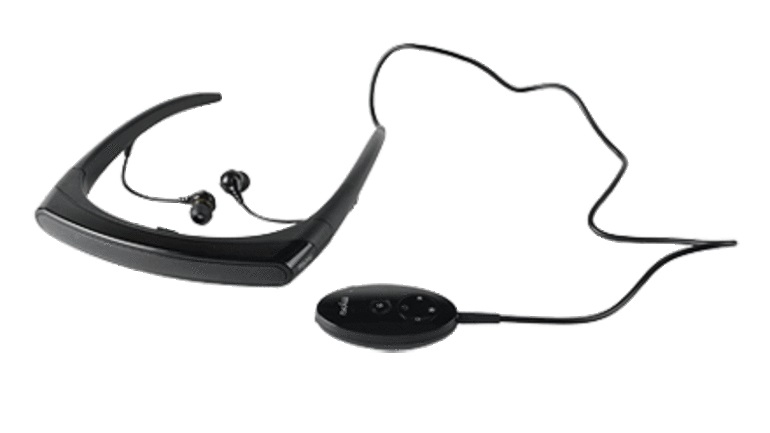
Other products of note include the Wrap 1200VR, a virtual reality headset that has numerous applications – everything from gaming and recreation to medical research – and the Smart Glasses M100, a hands free display for smartphones. And since the Consumer Electronics Show of 2011, they have announced and released several heads-up AR displays that are attachable to glasses.
2013 was a banner year for wearable technology, thanks to the release of Google Glass. Developed by Google X as part of their Project Glass, the Google Glass device is a wearable computer with an optical head-mounted display (OHMD) that incorporates all the major advances made in the field of wearable computing for the past forty years. These include a smartphone-like hands-free format, wireless internet connection, voice commands and a full-color augmented-reality display.
Development began in 2011 and the first prototypes were previewed to the public at the Google I/O annual conference in San Francisco in June of 2012. Though they currently do not come with fixed lenses, Google has announced its intention to partner with sunglass retailers to equip them with regular and prescription lenses. The next version, which is slated for release in 2015, will also be powered by an Intel x86 chip.

What's next for the field of wearables? As it turns out, plenty! Since the release of Google Glass, numerous developers have sought to get in on the trend by producing everything from their own version of display glasses (such as the Sony SmartGlasses concept and a new headset module that attaches to glasses) to smartwatches. In this latter category, Apple, Google and Samsung have been the focus of attention with their Apple Watch, Android Wear and Galaxy Gear concepts.
Much like smartphones, these watches combine messaging, email, and internet surfacing capability in one small package. Connectivity is also a must, with the watch serving as a notification center that can be connected wirelessly to a smartphone, and not a replacement for the phone itself. These concpets also attempt to take advantage of smart app technology and health monitoring, which have previously been the domain of another form of wearables known alternately as fit trackers, fitbands or smartbands.
In addition, VR technolgy is once again taking off, thanks to concepts like the Oculus Rift and Google Cardboard. While not technically wearable computers, these concepts take advantage of many of the same developments that allow for wearable computers and portable displays. Whereas VR was largely abandoned in the 90's and early millennia because it was seen as too large and bulky to be practical, these new models are more compact and ergonomic, using wireless technology and smaller components to eliminate large headsets and the need for cords.
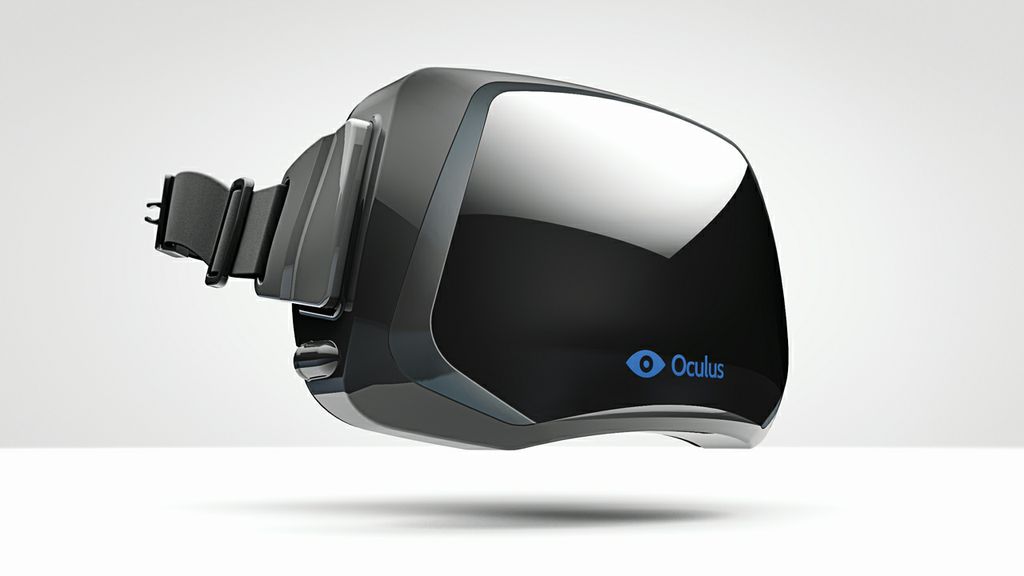
What does the future hold for computing and wearables? At this rate, it would not be farfetched to assume that display contacts (which are already being researched by DARPA and Google) might be the way of the future. Smart rings and bracelets are also being explored, as evidenced by Intel’s MICA smart bracelet. In all likelihood, the quest to make computers more portable and ergonomic will keep pace with the development of more sophisticated electronics and computer chips, as well as miniaturization, biotechnology, nanofabrication and brain-computer interfaces (BCI).
The result will no doubt be tiny CPUs that can be implanted in the human body and integrated into our brains via neural chips and tiny electrodes. In all likelihood, we won’t even need voice commands at that point, because EEG technology will have advanced sufficiently to allow us to communicate directly to our devices via brainwaves. However, in assessing the potential for technological growth, one should not overlook the potential impacts, or the possibile uses in addressing social issues.
In Mann's time, wearable computing was seen as a way of addressing concerns over government intrusion, corporate control, and diminishing privacy. While of great importance in the late 20th century, the issue of privacy has become even more relevant in the digital age. Thanks to domestic surveillance, metadata mining, and drones, the spectre of "Big Brother" is so often dredged up to define the modern age.
At the same time, opportunities for cyberbullying, identity theft, fraud and hacking appear to be at a premium thanks to the explosion in digital technology. In such an environment, where dystopian scenarios are making a comeback, it is helpful to remind ourselves that this is a form of technology that rests firmly in our hands, the consumers, not those of an overbearing government or a few misguided individuals.
In the meantime, be sure to check out this video on the future of wearables from The Creators Project, called "Make It Wearable, Episode 1: Human Communication":
Sources:
- www.eecg.toronto.edu/~mann/
- www.wired.com/2013/12/wearable-computers/all/
- www.gizmag.com/sony-prototype-smart-headset-module/35261/
- www.cnet.com/pictures/google-glass-ancestors-45-years-of-digital-eyewear-photos/
- www.ctvnews.ca/sci-tech/wearable-computers-a-look-at-the-nifty-gadgets-coming-your-way-1.1445207
- www.extremetech.com/computing/195095-a-new-version-of-google-glass-is-coming-in-2015-with-an-intel-x86-chip-inside
- www.extremetech.com/computing/189846-apple-watch-vs-android-wear-which-wearable-will-win-the-wrist-war
- thenextweb.com/mobile/2012/11/04/perpetually-connected-are-wearable-computers-and-bio-implants-the-future-of-mobile/
Image Credits:
- Wearable Computing: New York Times
- Steve Mann/WearComp/EyeTap images: wearcam.org
- Sword of Damocles: design.osu.edu
- VuZix: flipthemedia.com
- Google Glass: extremetech.com
- Oculus Rift: Kickstarter
